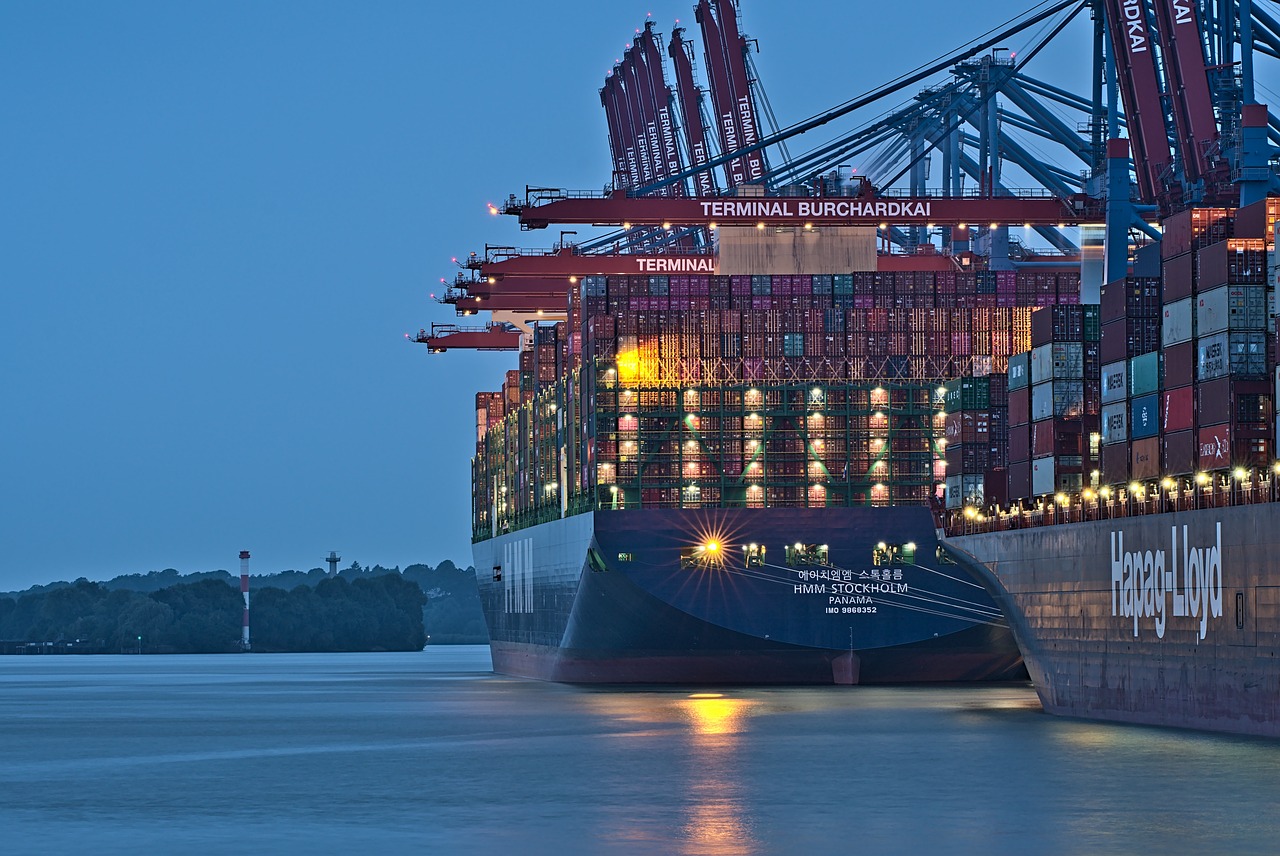
What is export factoring financing?
Export factoring is a common supply chain financing method in international trade, where professional factors provide services to exporters.Accounts receivable factoring, credit risk guarantee, and financinga comprehensive package of services. According to the latest 2025 data from the Factors Chain International (FCI), the global factoring business volume has reached 3.8 trillion euros, with cross-border transactions accounting for a stable 22% of the total.
What specific steps are involved in the operational process?
- Contract Signing Stage:
- The exporter signs the "Factoring Agreement" with the factor.
- The factoring company reviews the buyer's credit line (typically 3-5 business days).
- The implementation phase:
- The exporter transfers the accounts receivable after shipment
- The factoring company advances 80-90% of the payment (settlement on T+1).
- Settlement stage:
- The buyer shall pay the full amount to the factor's account upon maturity.
- The factor pays the remaining balance after deducting fees.
Under what circumstances is this financing method particularly suitable?
Based on our experience serving over 500 export enterprises, the following scenarios have proven highly effective:
- OEM orders with payment terms exceeding 90 days
- Newly developed overseas customers are requesting an extension of the payment period.
- Cash flow gap caused by seasonal procurement.
- There is a foreign exchange control risk in the buyer's country.
- Listed companies requiring financial statement optimization
How is the fee structure calculated?
Typical charges consist of two parts:
- Management fee: 0.5%-2.5% of the accounts receivable amount
- Financing interest rate: LIBOR + 3% - 8% (the benchmark rate as of March 2025 is 2.1%)
Taking a $1 million transaction with a 120-day payment term as an example, the total cost ranges approximately between $28,000 and $42,000, depending on the buyer's credit rating and country risk.
What is the essential difference compared to letter of credit financing?
- Risk bearer:
- Letter of Credit: The issuing bank assumes the primary payment obligation.
- Factoring: The factor assumes the buyer's credit risk.
- Document requirements:
- Letter of Credit: Strict compliance of documents is required.
- Factoring: Operable based on commercial invoices.
- Financing efficiency:
- Letter of Credit: 5-15 working days after presentation of documents
- Factoring: Funds will be credited within 24 hours after shipment.
How to choose a reliable factoring service provider?
Recommended assessment from five dimensions:
- Global network coverage: Does it have a branch in the buyer's country?
- Risk pricing capability: The industry average bad debt ratio in 2025 is 0.38%.
- Fund settlement efficiency: Is it possible to achieve T+0 prepayment settlement?
- Legal compliance system: Especially GDPR and OFAC regulatory compliance
- Technical Service Interface: Does it support direct ERP system connection for reconciliation?
What potential risks should be noted?
- Buyer dispute risk: Disputes over product quality may lead to buybacks.
- Exchange Rate Fluctuation Risk:Mismatch between the hedging period and financing term
- Country policy risks: Refer to the latest 2025 "National Risk Rating Report"
- Hidden cost risk:Some factoring companies charge account management fees, document processing fees, etc.
Proposal to passPurchase export credit insurance + factoringThe combination scheme can reduce the risk exposure to below 0.5%.
Practical application case description
An electromechanical equipment exporter (with an annual export volume of $20 million) adopts the two-factor model:
- Shorten the payment term for the Brazilian buyer from 180 days to payment upon shipment.
- The factoring company bears the risk of devaluation of the real.
- The financing cost is 1.2 percentage points lower than that of bank loans.
- Successfully reduced DSO from 98 days to 15 days.


 Follow Customer Service WeChat
Follow Customer Service WeChat